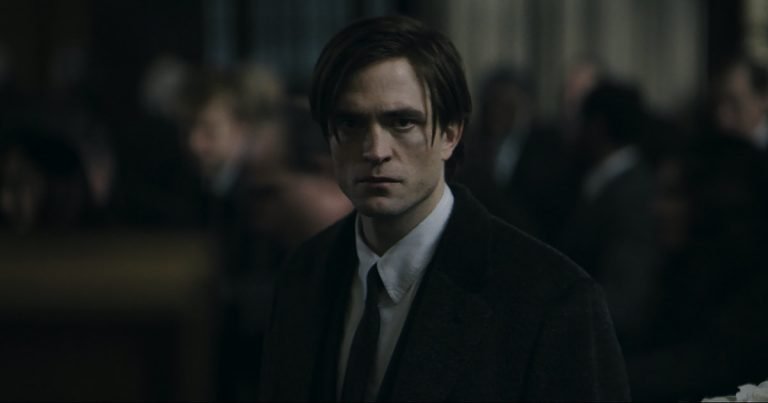Edgar Wright’s Baby Driver (2017) is a high-octane symphony of sound, motion, and morality — a crime thriller orchestrated to the beat of a mixtape. Beneath its slick chases and killer soundtrack lies a surprisingly tender meditation on guilt, agency, and the pursuit of freedom. For its protagonist, Baby, driving isn’t merely a skill; it’s his language, his therapy, and his shield against a world that left him scarred. Yet when he tries to steer his way out of that world, he discovers that no amount of speed can outrun a guilty conscience. By its haunting finale, Baby Driver poses a deceptively simple question: how far can redemption travel when your past refuses to stay in the rearview?
Spoilers Ahead
Baby Driver (2017) Plot Summary & Movie Synopsis:
Miles, who goes by Baby, is a prodigious getaway driver in Atlanta. As a child, he lost both parents in a car crash that left him with tinnitus, and since then, he has lived his life through music. His headphones are not just an accessory; they’re armor against the ringing silence of trauma. Working under the criminal mastermind Doc, Baby drives for various crews of robbers to pay off a debt after he once stole one of Doc’s cars loaded with contraband.
Despite his criminal environment, Baby’s personality is childlike, gentle, and deeply moral. He records and remixes snippets of conversations, a harmless creative habit that symbolizes how he processes the chaos around him. His only family is his deaf foster father, Joseph, whom he cares for tenderly. But his mundane life takes a turn when he meets Debora, a diner waitress whose warmth and spontaneity mirror the escape he yearns for. For a moment, it seems Baby might get out. After one last job, he pays off Doc and quits, delivering pizzas instead of fugitives. Yet freedom, in Wright’s world, is never that simple.
Why Can’t Baby Leave His Criminal Life Behind?
Baby’s desire for escape is sincere, but his criminal ties and his own guilt hold him captive. When Doc reappears, he reminds Baby that debts in the underworld aren’t paid with money but obedience. Doc’s quiet menace is crucial: he never raises his voice, but his authority is absolute. He coerces Baby back into service, threatening both him and Debora.
This moment reveals Baby’s true conflict: he’s not just running from crime, but from responsibility. He wants a clean life without confronting the dirt he’s already touched. Doc’s manipulation forces him to see that morality doesn’t work on autopilot. To truly leave, he must actively choose what kind of man he wants to be, not just what kind of driver.
Who are Buddy, Darling, and Bats, and What Do They Represent?
Each member of Doc’s rotating crew reflects a facet of Baby’s internal struggle. Buddy (Jon Hamm) is suave, rational, and loyal, a mirror of what Baby could become, a man who lets crime define his life until love becomes his only weakness. Darling (Eiza González), Buddy’s wife, is affectionate but reckless, living in the adrenaline rush of danger. Bats (Jamie Foxx), however, is chaos incarnate, a violent, unpredictable man who kills on impulse and sees empathy as weakness.
Where Buddy and Darling romanticize the outlaw lifestyle, Bats exposes its rot. His paranoia and bloodlust pull the curtain on the fantasy of crime as rebellion when Bats kills undercover cops and tries to murder a diner waitress, Debora. Baby’s patience shatters. His refusal to let Bats kill her marks the turning point: the moment he chooses humanity over survival.
Why Does Baby Kill Bats During the Heist?
The heist is where everything collapses. During the post-office job, Bats murders a guard, crossing a line even Baby can’t tolerate. When Baby refuses to drive away, Bats assaults him, and in a moment of instinctive rebellion, Baby slams the car into a steel rebar, impaling Bats. Killing Bats means killing the part of himself that’s complicit, obedient, and morally numb. It’s the first time Baby takes responsibility through violence rather than avoiding it. But it also seals his fate. From that moment, the heist unravels, Darling is killed in a shootout, and Buddy, once Baby’s ally, transforms into a vengeful phantom, holding Baby accountable for everything lost.
Why Does Buddy Turn Against Baby?
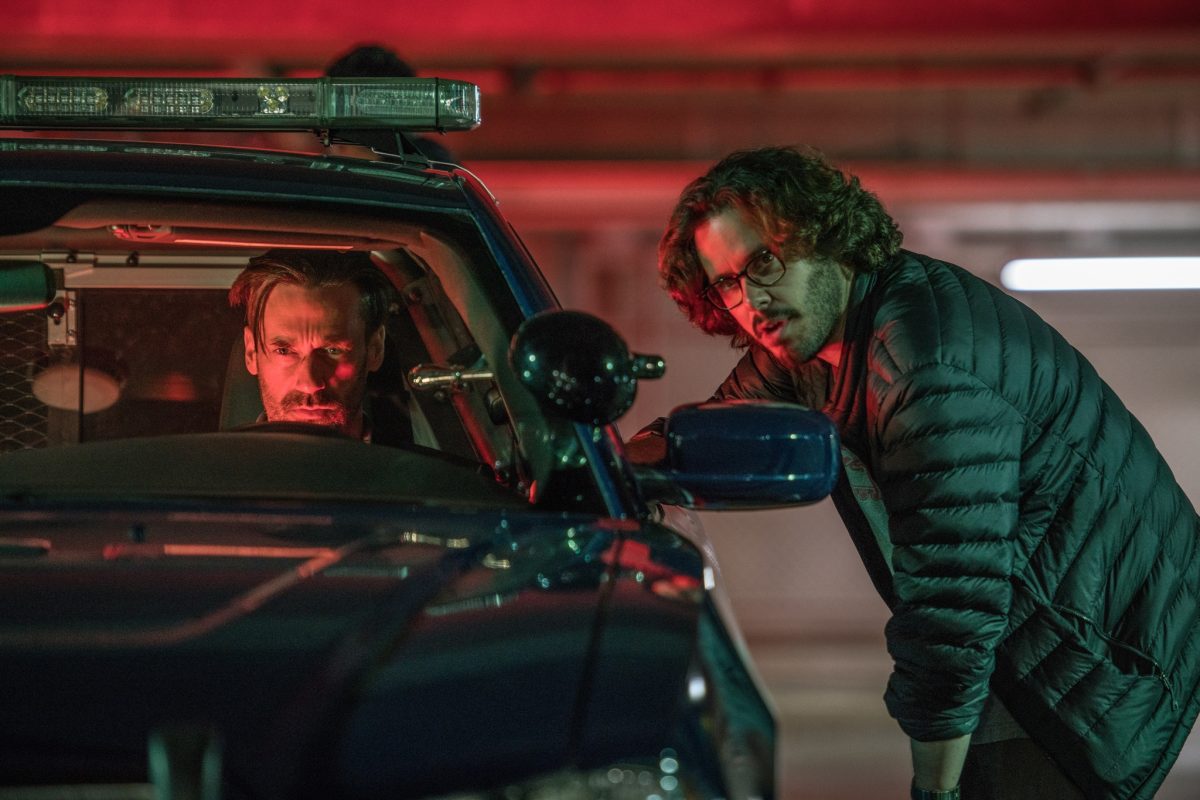
Also Read: Baby Driver [2017] Movie Review: Maddeningly Infectious
Buddy’s fall into rage is both emotional and symbolic. Darling’s death is not just about love; it is about identity. Buddy is lost without her and becomes the exact sort of monster he previously suppressed. In his grief, Baby is no longer a person. He is the villain of Buddy’s betrayal. Their last fight in the parking garage has little to do with revenge; it is more about a reflection.
Buddy and Baby mirror each other; one feels consumed by guilt, the other is still trying to redeem himself. It’s in this context that the moment Budd fires his gun next to Baby’s ears, temporarily deafening him, becomes a poetic act of cruelty. Baby’s world was around rhythm and sound, but fell to silence in that moment, and what followed was Debora cutting the chaos and bringing back balance with a crowbar, Boomerang style from beyond. In killing Buddy, Baby doesn’t triumph. He simply ends another echo of his own potential downfall.
Why Does Doc Help Baby Escape?
When Baby arrives back at Doc’s place, he’s broken down, desperate, and, finally, honest. Doc turns Baby away at first, but as soon as he spots Debora alongside Baby, something shifts in him. For the first time, this criminal mastermind reveals a hint of compassion. In Baby, Doc recognizes what he once might have been – a man who was not born into crime, but went to crime because it was his only option. His choice to help and to die fighting off the Butcher’s men becomes his own redemption. And amid the chaos of a parking garage, with bullets flying through the air and neon lights flashing on, Doc’s death seems less like punishment and more like penance.
Baby Driver (2017) Movie Ending Explained:
Why Does Baby Surrender?
After Buddy’s death and Doc’s sacrifice, Baby and Debora try to flee, but their car screeches to a halt at a police blockade. Instead of gunning the engine, Baby steps out and surrenders. This moment defines the film’s emotional core. For once, Baby doesn’t drive away from his problems; he faces them. The act of surrender is not failure; it’s freedom. Every chase before this one was about running. This time, it’s about stopping. At his trial, witnesses testify to Baby’s good deeds, returning purses, protecting civilians, and caring for his foster father. These gestures remind the court and the audience that morality isn’t erased by one’s environment.
Baby is sentenced to 25 years with parole eligibility in five, a judgment that feels both punitive and purifying. The black-and-white dream sequence that closes the film, Baby and Debora reunited, a new car gleaming under open skies, is both literal and metaphorical. Whether it’s a vision of the future or a dream inside his cell is left ambiguous. But it doesn’t matter. What matters is that Baby now drives on his own terms. Beneath its kinetic editing and pop soundtrack, “Baby Driver” is a story about moral rhythm, about how guilt, trauma, and love set the tempo of our choices. Baby’s headphones, once a crutch, become a symbol of self-control, the way he navigates chaos.
Every car chase doubles as an ethical chase: he’s always steering between right and wrong, loyalty and conscience. The film’s final message is simple yet profound: you can’t remix morality like a song; you must live with its echoes. By the end, Baby stops running, turns off the music, and listens, truly listens, to the silence he once feared. And in that silence, redemption begins.

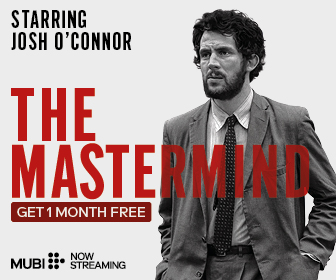
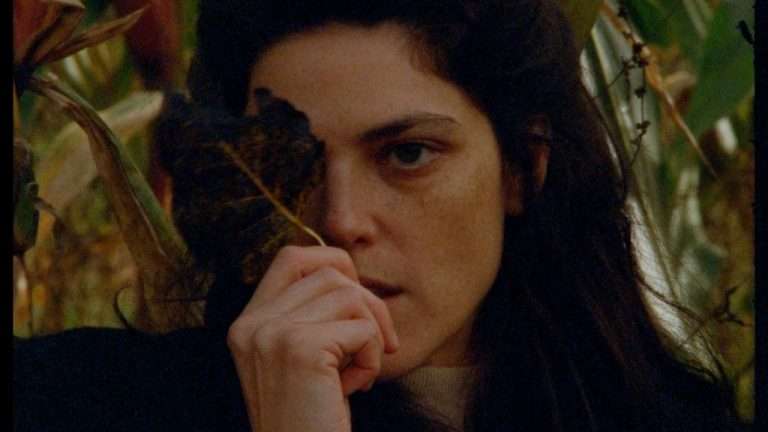
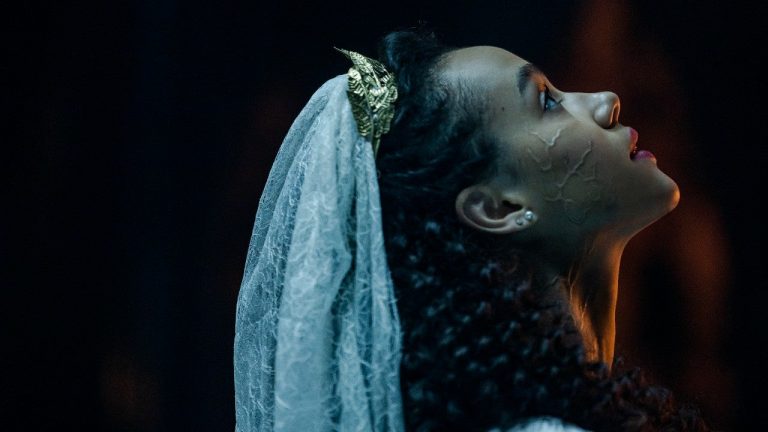
![Anomalisa [2015]: A heartbreaking tale of human connection!](https://79468c92.delivery.rocketcdn.me/wp-content/uploads/2016/01/01ANOMALISA2-facebookJumbo.jpg)

